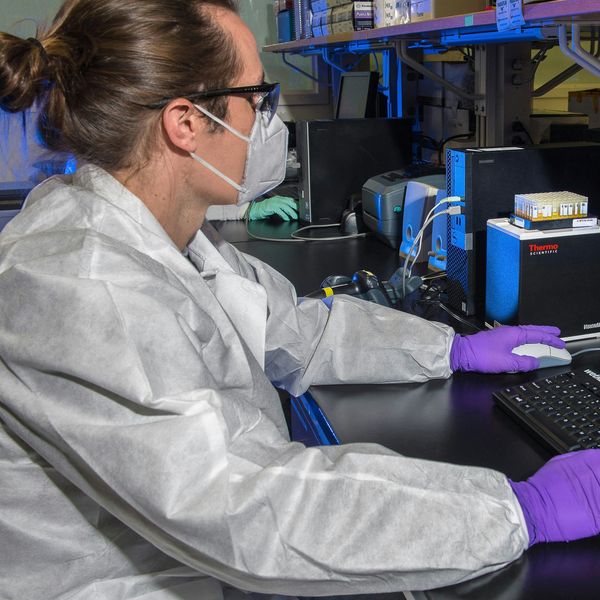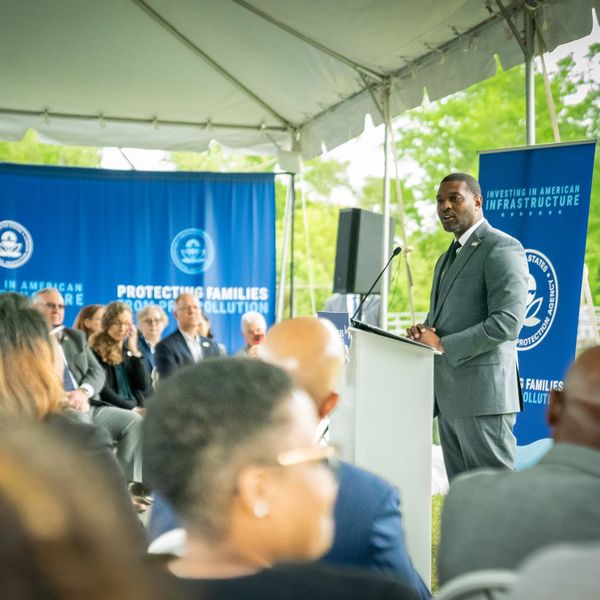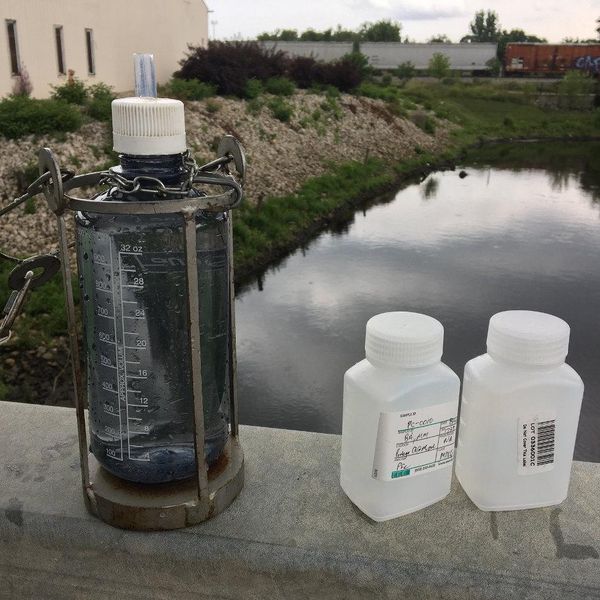The group of chemicals referred to as PFAS are known for their ability to repel water and stains from fabric, but a new study found that treatments containing PFAS had a low impact on protecting furniture fabrics and that the fabric type did more to prevent stains.
PFAS, also known as "forever chemicals," are a family of chemicals added to fabrics, non-stick cookware, food packaging and other consumer goods for their purported ability to repel water and oil. They contain a strong chemical bond that makes them difficult to break down. This persistence has made PFAS, short for per- and polyfluoroalkyl substances, a widespread environmental pollutant found in drinking water, the blood of about 97% of Americans and even wild polar bears. PFAS are endocrine-disrupting chemicals, meaning they can impact the body’s hormones, and elevated levels of some PFAS have been linked to health concerns including kidney and testicular cancer, high cholesterol levels, low birth weights and decreased vaccine effectiveness in children, according to the Centers for Disease Control and Prevention.
“PFAS have been detected in the dust of homes,” Jaime DeWitt, a professor of pharmacology and toxicology at East Carolina University who is unaffiliated with the study, told EHN. When textiles with PFAS coatings, including furniture, wear down they can release the toxics and increase exposure, she said.
In the new study, published today in the AATCC Journal of Research, scientists put PFAS fabric treatments to the test after hearing from textile manufacturers that the coatings might not be effective, Carol Kwiatkowski, an author on the study and science and policy senior associate at the Green Science Policy Institute, told EHN.
Coffee stains were easily cleaned from both PFAS-treated and untreated fabrics under varying levels of pressure, sit-times and fabric wear, meaning the PFAS coating provided no benefit. For fabrics with abrasion representing normal wear and tear, balsamic vinegar stains also impacted PFAS-treated and untreated fabrics equally.
The one scenario where PFAS-treatments outperformed untreated fabric was a balsamic vinegar stain under ideal conditions: no abrasion to the fabric, no pressure and a short sit-time. “Those are pretty unusual conditions,” Kwiatkowski pointed out.
Related: What are PFAS?
“What really stood out is that the PFAS don’t provide that protection in the long term,” DeWitt said.
The most important variable for stain resistance was the type of fabric, Kwiatkowski explained. “That’s a cost effective approach. We don’t have to look for some new replacement for the PFAS,” she said. Not using PFAS treatments and picking furniture with fabrics that naturally repel stains can be more impactful, the study shows.
Cutting PFAS exposure
The Environmental Protection Agency recently announced standards for six types of PFAS in drinking water that are “very low,” said Kwiatkowski. She explained that manufacturing of PFAS and products that contain the toxic chemicals is a major source of drinking water contamination. Water treatment facilities will soon need to upgrade equipment to filter PFAS and find a way to dispose of it once collected. Meanwhile, workers and communities around manufacturing sites where PFAS are used face elevated levels of exposure that could lead to poor health outcomes, DeWitt said.
“We’re spending all this time to clean up, but we’re still adding more and more PFAS that are ending up in the water,” Kwiatkowski said. “Why not stop it on the front end?”
It’s important to think about what uses of PFAS are essential versus which are avoidable, DeWitt echoed. “This [study] doesn’t tell us about every PFAS coated fabric that’s out there,” she said, “but it does suggest that the qualities that PFAS confer aren’t really all that necessary, and in fact, don’t outperform untreated fabrics.”
- Toxic PFAS pollution is likely at more than 57,000 US locations: Report ›
- “Green” children's products not always PFAS-free, warns new study ›
- Op-ed: PFAS chemicals—the other immune system threat ›
- Investigation: PFAS on our shelves and in our bodies ›
- What are PFAS? ›
- Toxic exposures accumulate in more than 100 categories of consumer products: Study - EHN ›
- I tried to sew a compostable stuffed animal for my friend’s newborn. It did not go well. - EHN ›
- I tried to sew a compostable stuffed animal for my friend’s newborn. It did not go well. - EHN ›



























